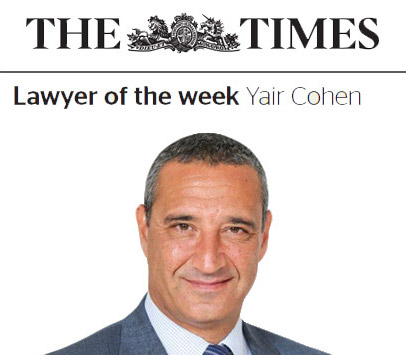How to remove pictures from Google searches with a right to be forgotten
To try and remove pictures off the internet under a right to be forgotten could often be one of the most challenging aspects of a right to be forgotten application. There are many reasons for this. The key, however, is to understand how Google images library works and to be persistent.
Why is it difficult to remove pictures from Google under a right to be forgotten
What pictures are most difficult to remove from Google
How can I remove pictures from Google under a right to be forgotten
Can Google be forced to remove pictures legally
Why is it difficult to remove pictures from Google under a right to be forgotten
Nearly anyone who has ever tried to ask Google to remove links to pictures from Google search results under a right to be forgotten, would have found the task extremely challenging. To understand why having removal of pictures from Google is so tasking, you first need to understand how Google stores pictures. In a nutshell, to make images download quickly to search results, Google manages scores of servers where footprints of each image is being stored.
Those servers exist all over the world and are managed by a Google group that is completely separate from the group that manages Google search results. Bing and Yahoo operate similar systems. Google tends to store copies of images in image libraries, which are located in 14 different locations around the world.
Often you will find that an image that has already been removed by Google from search results or from what you believe is the image's original location, will still appear on search results but will have an unusual URL such as: https://lh3.googleusercontent.com/pklnm5Vdgrh-8KWyPYgzgJZB4dzLbu5wEfW91RniOKjjA1vEr7IvNl9En-yNSMikaIP0EUwb1m8=w128-h128-e365.
This URL indicates that the image is stored on one of Google’s image libraries. It could become a real challenge to persuade Google to delete an offending image from one of its image libraries, perhaps because this task involves specific technical requirements that are not always understood by those at Google who are in charge of de-listing information.
Often, your request to Google to remove pictures from search results and your associated recommendations to Google will be passed on to the Google technical team who might need constant chasing and reminders before they take the necessary action to remove the image from the internet library.
What pictures are difficult to remove from Google searches
Pictures that are particularly difficult to remove from Google searches, tend to be pictures that had already been deleted from the original location or website but where a copy of the image had been left on one of Google’s image libraries. Often with our experience in asking Google to remove pictures from search results, we need to assess the evidence in each case and explain the issues back, clearly, to Google.
It could take weeks and even months for Google to completely clear its image library from traces of an unwanted image. Pictures that had been uploaded to Google blogging platform, Blogger, also are very challenging to delist. This is particularly the case if the Blogger site (or BlogSpot as it used to be called) has been deleted. Often people who delete their Blogger blog, forget to first delete the pictures from the blog's image library which means that despite the fact that the blog is deleted, together with all its text content, the pictures remain in Google image libraries, which means they will still show on Google search results.
The most significant challenge in this situation is the fact that it is only Google who can now access those pictures and have them deleted. Google is usually reluctant to do that. An additional issue that our clients tend to have with removing pictures from Google is that often, websites have multiple versions of an image, different sizes or different resolution. Those pictures might have been uploaded to a website more than once or might have been edited inside the website with a new copy of the image created automatically.
How can I remove pictures from Google under a right to be forgotten
The right to be forgotten applies in relation to text and images. There are also other European privacy laws that specifically apply to images. See for example Who owns my image. You can use the right to be forgotten to request Google removal of pictures but be prepared for Google to reject your request on the grounds of public interest or by claiming that the image that you are asking Google to remove from searches has been legitimately uploaded by someone who owns the copyright to the image.
Google might also refuse your request to remove an image from Google search results because you placed the pictures on the internet yourself. See for example Right to be Forgotten porn videos and images.
Can Google be forced to remove pictures legally
Under Section 230 of the Communications Decency Act, site operators are usually protected from liability for user-submitted content. However, if a website operator is legally responsible for user-uploaded content, the operators may be sued, or the content may be removed.
In the UK, there are ways to compel Google to remove pictures and images from its own Blogger platform, from YouTube and from internet search results. This is because the UK has a consumer-friendly privacy and data protection laws which protect users image and other private characteristics of an individual.
In some cases, it might be possible to force Google to delist an entire webpage if you can show that your picture is being displayed on the webpage in contravention of your legal rights, under a right to be forgotten, in breach of copyright or in breach of your right to private life.




